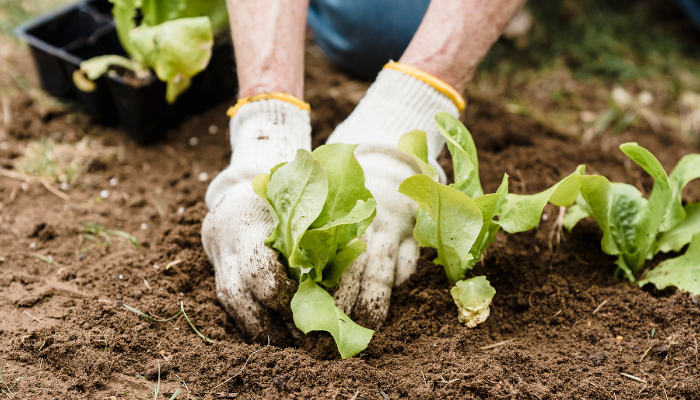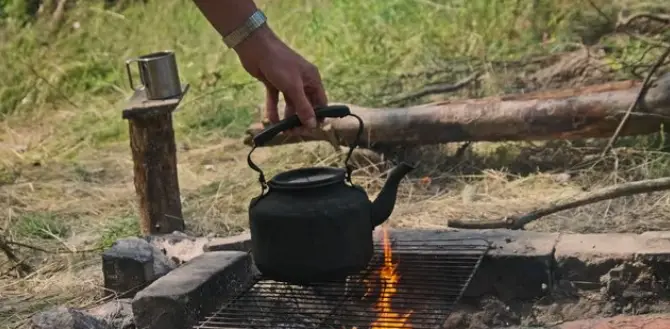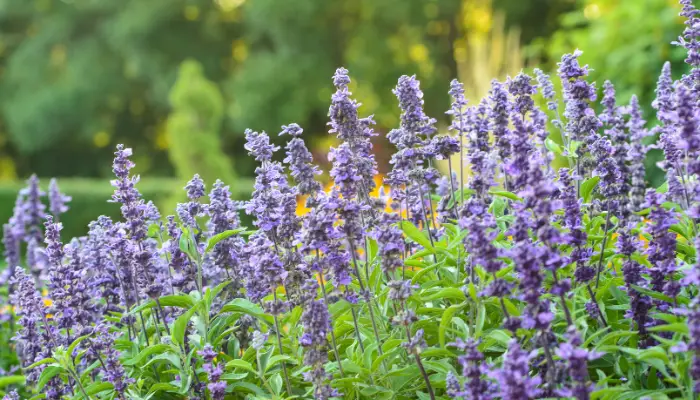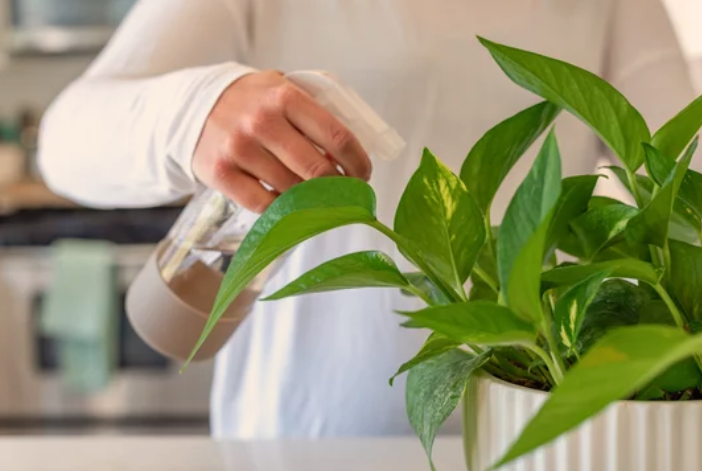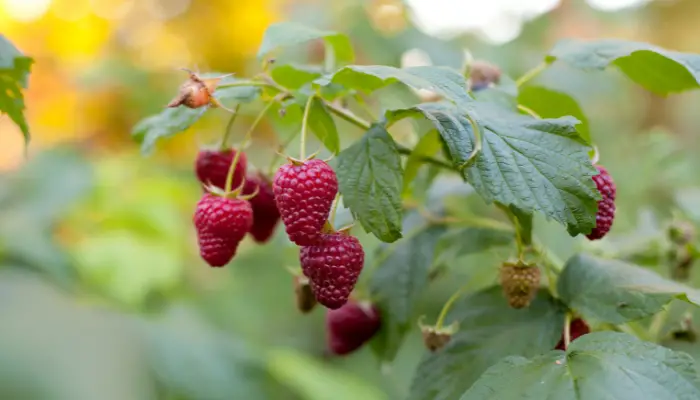How to Space Your Vegetable Plants for Optimal Growth and Yield
One of the most important factors in planning a successful vegetable garden is knowing how much space to leave between each plant. Plant spacing affects the health, growth, and productivity of your crops, as well as the appearance and maintenance of your garden. In this blog post, we will explore some of the benefits and challenges of proper plant spacing, and provide some general guidelines and tips for different types of vegetables.
Why Plant Spacing Matters
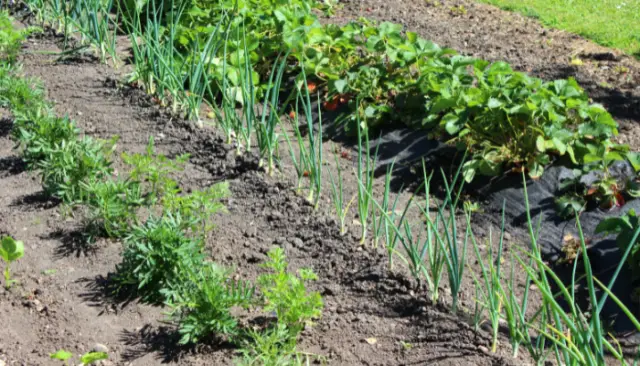
Plant spacing is not just a matter of aesthetics or convenience. It has a direct impact on the performance and quality of your vegetable plants. Here are some of the reasons why plant spacing matters:
Air circulation
Plants need adequate air flow around their leaves and stems to prevent fungal diseases, pests, and overheating. If plants are too crowded, they create a humid and stagnant environment that encourages the spread of pathogens and insects. On the other hand, if plants are too far apart, they may be exposed to excessive wind and sun, which can cause wilting, scorching, or breakage.
Light exposure
Plants need sufficient sunlight to photosynthesize and produce sugars, starches, and other compounds that are essential for their growth and development. If plants are too close together, they may shade each other and reduce the amount of light that reaches their lower leaves and fruits. This can result in poor color, flavor, and ripening of the harvest. Conversely, if plants are too spaced out, they may not benefit from the mutual shading and cooling that some crops provide for each other in hot weather.
Soil nutrients and moisture
Plants need adequate soil nutrients and moisture to support their roots, stems, leaves, and fruits. If plants are too densely planted, they may compete for the limited resources in the soil and deplete them faster than they can be replenished. This can lead to nutrient deficiencies, stunted growth, and reduced yield. On the other hand, if plants are too widely spaced, they may waste the available soil resources and leave them vulnerable to erosion, weeds, and evaporation.
Harvest quantity and quality
Plant spacing affects not only the size and number of fruits and vegetables that you can harvest, but also their shape, texture, and taste. If plants are too crowded, they may produce smaller, misshapen, or inferior fruits and vegetables that are less appealing and nutritious. If plants are too sparse, they may produce larger, but fewer, fruits and vegetables that are more prone to cracking, splitting, or pest damage.
How to Space Your Vegetable Plants
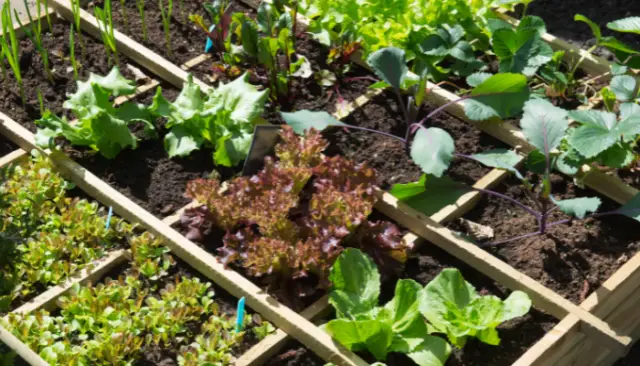
There is no one-size-fits-all rule for plant spacing, as different vegetables have different growth habits, root systems, and space requirements. However, there are some general principles and methods that can help you determine the optimal spacing for your vegetable plants. Here are some of them:
Read the seed packet or plant label
One of the easiest ways to find out the recommended spacing for your vegetable plants is to read the information on the seed packet or plant label. These usually provide the minimum and maximum distances that you should leave between each plant and between each row. However, keep in mind that these are only guidelines, and you may need to adjust them depending on your soil conditions, climate, and gardening style.
Use a plant spacing chart or calculator
Another useful tool for plant spacing is a plant spacing chart or calculator, such as the one provided by Gardening Know How. These can help you estimate the number of plants that you can fit in a given area, based on the average spacing for different types of vegetables. However, remember that these are only estimates, and you may need to modify them according to your specific situation and preferences.
Consider the plant type and size
Different types of vegetables have different shapes and sizes, and therefore need different amounts of space to grow and thrive. For example, root vegetables, such as carrots, beets, and radishes, need more space between each plant than between each row, as they grow mostly underground and do not spread much above the soil. Leafy vegetables, such as lettuce, spinach, and kale, need more space between each row than between each plant, as they grow mostly above the ground and tend to form wide and dense foliage. Vine crops, such as cucumbers, melons, and squash, need the most space of all, as they sprawl across the ground and produce large and heavy fruits. You should also consider the mature size of the plant, not just the seedling or transplant size, when spacing your vegetables.
Consider the plant growth habit and duration
Different types of vegetables have different growth habits and durations, and therefore need different amounts of space to develop and produce. For example, bush beans, peas, and tomatoes are determinate plants, which means they grow to a certain size and produce all their fruits within a short period of time. These plants can be planted closer together, as they do not compete for space for long. On the other hand, pole beans, corn, and peppers are indeterminate plants, which means they keep growing and producing until they are killed by frost or disease. These plants need more space between them, as they compete for space for longer. You should also consider the length of the growing season, and whether you are planting early, mid, or late season crops, when spacing your vegetables.
Consider the plant companions and enemies
Some vegetables grow better together than others, and some may even harm each other if planted too close. This is the principle of companion planting, which is based on the observation that certain plants can enhance or inhibit the growth, flavor, or pest resistance of their neighbors. For example, basil, marigolds, and garlic are good companions for tomatoes, as they repel insects, improve flavor, and prevent diseases. On the other hand, potatoes, corn, and cabbage are bad companions for tomatoes, as they attract pests, compete for nutrients, and spread diseases. You should consider the benefits and drawbacks of planting certain vegetables together or apart, when spacing your vegetables.
Some Examples of Vegetable Plant Spacing
To give you some idea of how to space your vegetable plants, here are some examples of common vegetables and their typical spacing requirements. Note that these are only averages, and you may need to adjust them depending on your specific conditions and preferences.
- Beets: sow seeds 4-6″ (10-15 cm) apart, 12″ (30 cm) between rows.
- Broccoli: plant 18″ (45 cm) apart, 24″ (60 cm) between rows.
- Carrots: sow seeds 2-3″ (5-7.5 cm) apart, 12″ (30 cm) between rows.
- Cucumbers: plant 12″ (30 cm) apart, 36″ (90 cm) between rows.
- Lettuce: sow seeds 6-12″ (15-30 cm) apart, 18″ (45 cm) between rows.
- Onions: plant 4-6″ (10–15 cm) apart, 12–18″ (30–45 cm) between rows.
- Peas: sow seeds 2-4″ (5-10 cm) apart, 18-24″ (45-60 cm) between rows.
- Potatoes: plant 12–15″ (30–38 cm) apart, 24-36″ (60–90 cm) between rows.
- Radishes: sow seeds 1-2″ (2.5–5 cm) apart, 12″ (30 cm) between rows.
- Tomatoes: plant 24-36″ (60-90 cm) apart, 36-48″ (90-120 cm) between rows.
Conclusion
Plant spacing is an important aspect of vegetable gardening that can affect the health, growth, and yield of your crops. By following some general guidelines and tips and considering the characteristics and needs of different types of vegetables, you can optimize the space in your garden and enjoy a bountiful harvest.
Frequently Asked Questions on Vegetable Garden Plant Spacing
How do I measure the spacing between plants and rows?
- You can use a ruler, a tape measure, a yardstick, or a string to measure the distance from the center of one plant to the center of the next. You can also use your hand, foot, or elbow as a rough guide, but this may not be very accurate.
Can I plant vegetables closer together if I use raised beds or containers?
- Yes, you can plant vegetables closer together if you use raised beds or containers, as long as you provide enough soil depth, nutrients, and water for your plants. You can use the “Spacing Between Plants” range on all sides of your plant and ignore the “Spacing Between Rows” range.
Can I plant vegetables closer together if I use square-foot gardening or intensive gardening methods?
- Yes, you can plant vegetables closer together if you use square-foot gardening or intensive gardening methods, which are designed to maximize the use of space and reduce weeds. However, you will need to follow the specific guidelines and charts for these methods, as they may differ from the general plant spacing guide.
What are the benefits of proper plant spacing?
Proper plant spacing can improve the health, growth, and yield of your vegetable plants, as well as the appearance and maintenance of your garden. Some of the benefits of proper plant spacing are:
-
- Better air circulation, which prevents fungal diseases, pests, and overheating.
- Better light exposure enhances photosynthesis, color, flavor, and ripening.
- Better soil nutrients and moisture, which support root, stem, leaf, and fruit development.
- Better harvest quantity and quality increase the size, number, shape, texture, and taste of your fruits and vegetables.
- Q: What are the drawbacks of improper plant spacing?Improper plant spacing can harm the health, growth, and yield of your vegetable plants, as well as the appearance and maintenance of your garden. Some of the drawbacks of improper plant spacing are:
- Poor air circulation, which encourages the spread of pathogens and insects.
- Poor light exposure reduces photosynthesis, color, flavor, and ripening.
- Poor soil nutrients and moisture cause nutrient deficiencies, stunted growth, and reduced yield.
- Poor harvest quantity and quality decrease the size, number, shape, texture, and taste of your fruits and vegetables.
How can I adjust the plant spacing for different types of vegetables?
- You can adjust the plant spacing for different types of vegetables by considering their plant type, size, growth habit, duration, companions, and enemies. For example, you can:
- Leave more space between root vegetables than between leafy vegetables, as they grow mostly underground and do not spread much above the soil.
- Leave more space between vine crops than between bush crops, as they sprawl across the ground and produce large and heavy fruits.
- Leave more space between indeterminate plants than between determinate plants, as they keep growing and producing until they are killed by frost or disease.
- Leave more space between late-season crops than between early-season crops, as they need more time and space to mature.
- Leave more space between plants that are bad companions or enemies and less space between plants that are good companions or friends.
How can I find out the recommended spacing for my vegetable plants?
- You can find out the recommended spacing for your vegetable plants by reading the information on the seed packet or plant label, which usually lists the minimum and maximum distances that you should leave between each plant and between each row. You can also use a plant spacing chart or calculator, such as the one provided by Gardening Know How, which can help you estimate the number of plants that you can fit in a given area based on the average spacing for different types of vegetables.
What are some tools or methods that can help me measure and mark the plant spacing in my garden?
Some tools or methods that can help you measure and mark the plant spacing in your garden are:
-
- A garden planner or software can help you design and visualize your garden layout and calculate the optimal spacing for your plants.
- A garden grid or template, which can help you divide your garden into equal squares or rectangles and guide you where to plant your seeds or seedlings,.
- A garden dibber or stick, which can help you make holes or furrows in the soil and indicate the spacing between plants and rows,.
- A garden string or twine, which can help you create straight lines and curves in your garden and mark the boundaries of your plants and rows,.
How can I make the most of the space in my garden?
- You can make the most of the space in your garden by using some of the following techniques:
- Vertical gardening, which involves growing plants on trellises, stakes, cages, or walls, saves horizontal space for other crops.
- Succession planting involves planting crops that mature at different times, replacing harvested crops with new ones, and extending the growing season.
- Interplanting, which involves planting crops that have different growth rates, heights, and shapes, and filling the gaps between larger plants with smaller ones,.
- Companion planting, which involves planting crops that benefit each other in terms of growth, flavor, or pest resistance, and creating a diverse and harmonious garden,.
How can I avoid overcrowding or underutilizing my plants in my garden?
You can avoid overcrowding or underutilizing your plants in your garden by following some of these tips:
-
- Plan ahead and sketch your garden layout, and consider the spacing, height, and duration of your plants.
- Read the seed packet or plant label, and follow the spacing instructions for your plants.
- Use a ruler, a tape measure, a yardstick, or a string to measure the distance between plants and rows, and be consistent and accurate.
- Thin out or transplant any excess or unwanted seedlings, and give them enough room to grow and breathe.
- Prune or stake any overgrown or sprawling plants, and keep them in shape and in place.

